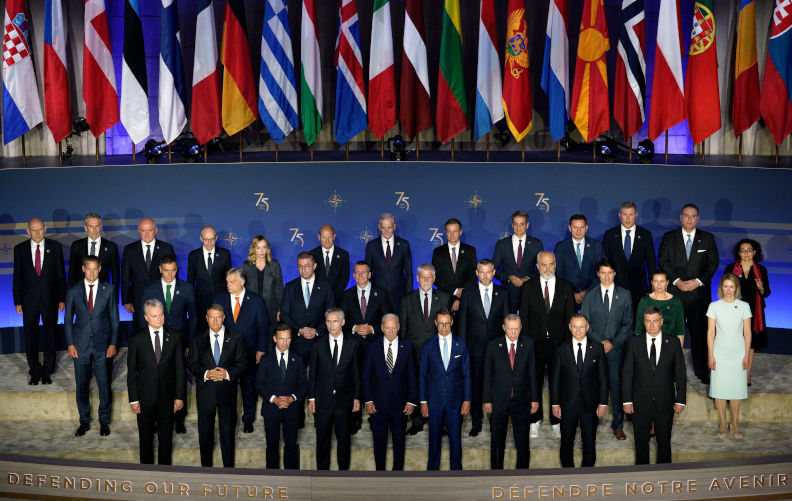Vassalise allies, destabilise the rest is now US strategy in Indo-Pacific
July 15, 2024
Divide and conquer, well-honed in Middle East and Latin America over decades, is being applied to only real growth engine of world economy.
A peaceful and prosperous Asia? Think about it, there is no upside in that for the United States. This is especially so because there is no scenario in which that doesn’t also mean a more stable, prosperous and, therefore, even more powerful China.
For the US to contain China must also mean impoverishment and instability for its neighbours, intentionally or as collateral damage.
That is the real meaning behind the hatefest currently taking place at Nato’s 75th anniversary summit in Washington. For an alliance that has “North Atlantic” in its name, it’s extraordinary that it now spends as much time fretting about China as Russia, against which it is waging a hot proxy war.
The purest expression of this US strategy in Asia has been Australia’s costly deal for nuclear-powered submarines under the Aukus security partnership with the United Kingdom and the US.
In a new book, Australian investigative journalist Andrew Fowler has delivered the proverbial smoking gun, courtesy of David Gould, former British undersecretary for defence hired by Canberra as consultant for a programme to replace the country’s ageing submarines.
“Gould revealed for the first time what has long been suspected: one of the submarine’s most important requirements would be to work with the Americans in the South China Sea,” Fowler wrote in Nuked: The Submarine Fiasco that Sank Australia’s Sovereignty.
“He explained that the submarine would need ‘to get through the archipelago to the north of Australia and into the South China Sea and operate in the South China Sea for a reasonable period of time and then come back again, without docking, or refuelling or anything. That’s what it needs to do.’”
That was in fact the criticism of Paul Keating, former Labor prime minister, from day one. The original contract for much-cheaper conventional submarines, which would have been adequate for the defence of the continental homeland, was unilaterally broken by the Liberal government of Scott Morrison.
The book quoted Gould as saying the submarines would work alongside the US and Japan in an “integrated system”, which had become “even more pertinent with China”. The revelation, of course, undermines Canberra’s claim that the new submarines would be used to defend Australia and protect its shipping lanes.
The argument is, of course, ludicrous. Why would Australia need to defend sea lanes against China, its best customer and biggest trading partner that had, until recently, helped boost its economic growth over two decades?
It is at the same level of absurdity as Brussels and Washington’s claim that the Nord Stream pipelines, blown up in September 2022, was the work of the Russians, who built them to supply natural gas to Germany and beyond. But you can always count on the stenographic mainstream news media in the Anglo-American sphere to duly repeat the absurd propaganda.
Across the Taiwan Strait and the South China Sea, it’s the same story. A little more diplomatic finesse could have considerably eased tensions. But then, Washington would neither be able to sell expensive but obsolete weapons to the island, nor justify deploying massive naval hardware to the region. Taiwan’s secessionist forces are only too happy to play along.
“Today Ukraine, tomorrow Taiwan” – that has been the argument Nato and the US have been using to justify an increasingly aggressive Western posture. It is not that Beijing wants to go against the island, but Nato and Washington want it to do precisely that or at least threaten the island enough to justify Western intervention.
That’s why President Xi Jinping has openly declared that China will not be goaded into launching a cross-strait war. Now, even the Philippines and Australia are having second thoughts about the frontline role assigned to them by the US.
If there is hope, it is that India and most Asean countries recognise the malignancy that Nato and Washington have been trying to introduce into the region’s geopolitics and economics. That’s why non-alignment and neutrality remain their best strategy.
Republished from The South China Morning Post, July 10, 2024

